Unlock the secret to mastering frozen vegetables with our in-depth guide. Packed with handy hacks, diverse cooking methods, and exciting seasoning ideas, we’ll transform your frozen veggies from a convenience food to a culinary delight!
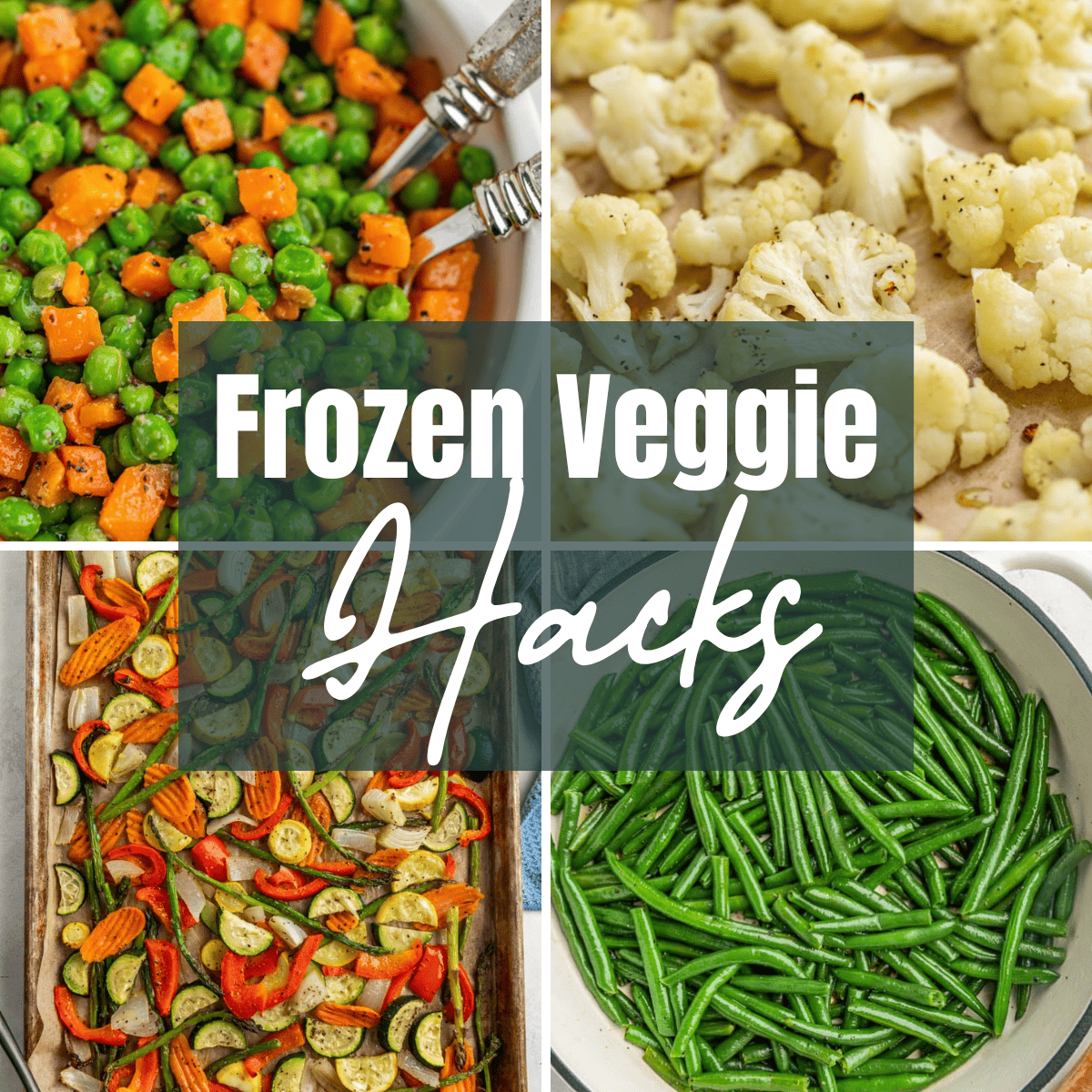
Are you ready to conquer the art of cooking with frozen vegetables? Sometimes fresh veggies just aren’t on the menu, whether due to off-season prices, lack of time, or simply the convenience of having a freezer stash. But who said that cooking with frozen veggies can’t be as delightful and delicious as their fresh counterparts?
Welcome to our super-duper guide of frozen veggie hacks! We’re going to explore how your humble bag of frozen greens (or reds, yellows, and purples) can be transformed into an impressive side dish that’ll have your family asking for seconds. From steaming to roasting, we’re about to dive into a whole world of frosty veggie goodness.
Whether you’re a seasoned home cook or just starting out on your culinary journey, we promise you’ll find these tips super handy. So, tie up those apron strings, roll up your sleeves, and let’s take frozen vegetables from “ho-hum” to “oh yum!”
Did you know?
Surprisingly to some, frozen veggies can pack a powerful nutritional punch. They’re often picked at the peak of ripeness and flash-frozen, which helps seal in their nutritional value. So, don’t worry about your veggie’s vitamin and mineral content taking a frosty dip – it’s all nicely preserved!
The Basics
Chef Hacks
Frozen vegetables are one of the quickest and most convenient ways to get a nutritional side dish on the plate for family meals. Use these simple hacks to take your frozen vegetable came up
- Skip the Thawing: There’s no need to thaw frozen vegetables before cooking. In fact, it’s better to cook them straight from frozen to maintain their texture and prevent them from getting mushy.
- Season Generously: Don’t be afraid of seasoning! Frozen vegetables often need a bit more seasoning compared to fresh ones. Use your favorite herbs, spices, and other flavor enhancers like lemon juice or garlic.
- Roast Them: Roasting can transform your frozen veggies by bringing out their natural sweetness. Toss them in some olive oil, spread them on a baking sheet, and roast at high heat until they are caramelized and crispy.
- Sauté Instead of Boil: Sautéing in a bit of olive oil can help give your frozen veggies a deliciously crisp and flavorful exterior.
- Add a Splash of Vinegar: A small splash of a flavorful vinegar can help brighten up the flavor of frozen vegetables and counteract any “freezer” taste.
Cooking Methods for Frozen Veggies
Steaming: Place your frozen vegetables in a steamer basket over a pot of boiling water. Cover and let them steam for about 5-7 minutes, or until tender to your preference. Remember, they’re frozen so it might take slightly longer than fresh. Be careful not to overcook to avoid mushiness. Once done, season as desired and enjoy!
Microwaving: Arrange the frozen vegetables in a microwave-safe dish, add a little water, and cover. Microwave on high for 4-5 minutes, stirring halfway through for even cooking. Season to taste and serve warm. This method is perfect for a quick and easy side dish.
Sautéing: Heat a pan over medium heat and add a bit of oil. Add your frozen vegetables directly to the pan and stir frequently for about 12-15 minutes, until they’re golden brown and tender. Experiment with your favorite spices for added flavor.
Air Frying: Preheat your air fryer to 400 degrees Fahrenheit. Toss your frozen vegetables in a small amount of oil and your preferred seasonings. Arrange in a single layer in the fryer basket, then cook for 12-15 minutes until crispy, shaking the basket halfway through. This method can turn your frozen veggies into a crunchy and delightful treat!
Roasting: Preheat your oven to 450 degrees Fahrenheit. Toss your frozen vegetables in a bit of oil, sprinkle with your favorite seasonings, and spread out on a baking sheet. Roast in the oven for about 20-25 minutes, flipping once halfway through, until the edges are crispy and browned. Roasting helps to bring out the natural sweetness in vegetables, making them a crowd-pleaser!
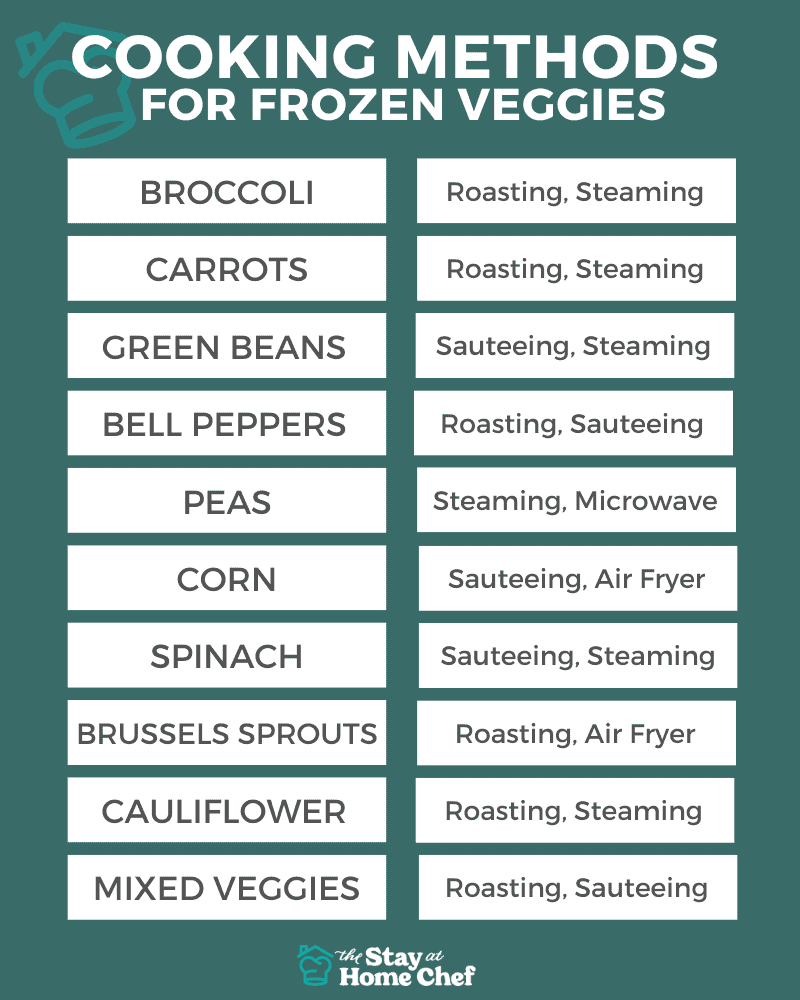
Troubleshooting Soggy Vegetables
A common issue with frozen veggies is the potential for them to turn out soggy. To avoid this, make sure not to overcook and use techniques that allow excess water to evaporate, like roasting or sautéing. And if you’re still struggling with a case of the “soggies,” remember that a high-heat method like roasting or air frying can be your best friend. It’ll help those frozen veggies turn out delightfully crisp and caramelized, every time.
Frozen Veggie Blends
15 Seasoning Ideas
Whether you like a bit of heat, prefer a tangy twist, or are all about those herby vibes, the world of seasonings is your oyster! Feel free to mix, match, and experiment to make the dish your own. And remember, if you’re watching your sodium intake, you can absolutely create delicious, flavorful veggies without going heavy on the salt.
- Garlic and Olive Oil: Classic for a reason, sauté your veggies in olive oil with minced garlic for a simple, savory treat.
- Lemon and Dill: Give your vegetables a fresh twist with a squeeze of lemon juice and a sprinkle of dill. This works great with green beans or peas.
- Parmesan Cheese: Toss your veggies with a bit of grated Parmesan cheese. The saltiness of the cheese can complement many vegetables, like broccoli or Brussels sprouts.
- Sesame and Soy: A dash of soy sauce and a sprinkle of toasted sesame seeds can turn your veggies into a delicious Asian-inspired side dish.
- Curry Powder: For a warm, aromatic twist, sauté your vegetables with a touch of curry powder.
- Balsamic Glaze: Drizzle a bit of sweet and tangy balsamic reduction over your veggies for a sophisticated flavor boost.
- Chili and Lime: For a Mexican-inspired flair, sprinkle chili powder and lime zest over your veggies.
- Browned Butter and Sage: Brown some butter in a pan, add a few sage leaves until crisp, then toss with your veggies. This works wonderfully with root vegetables!
- Herbs de Provence: This blend of herbs gives a French touch to your vegetables. Toss it with olive oil and your veggies before roasting.
- Maple and Mustard: A touch of maple syrup with a bit of Dijon mustard makes a sweet and savory glaze that pairs especially well with carrots or sweet potatoes.
- Cajun Spice: Give your veggies a kick with some Cajun seasoning. This is perfect for a side dish with a little bit of heat.
- Pesto: Toss your vegetables in a spoonful of pesto for a robust, herby flavor. This works especially well with green veggies like broccoli and peas.
- Ginger and Orange Zest: A little fresh ginger and orange zest can create a vibrant, citrusy flavor profile that pairs wonderfully with many vegetables.
- Honey and Cinnamon: A touch of honey and a sprinkle of cinnamon can add a sweet and warming twist to root vegetables like carrots or sweet potatoes.
- Tahini and Lemon: Mix tahini with a little lemon juice and toss with your veggies for a creamy, tangy, and nutty flavor.
Classic Creamed Spinach
Classic Creamed Spinach is creamy, cheesy goodness! This is the only way to eat spinach, my friends! You’ll never look at leafy greens the same!
Well, my friends, we’ve reached the end of our frosty adventure, and aren’t you glad you came along? We’ve taken a deep dive into the chilly wonderland of frozen veggies, and it’s clear that they can be just as magical and tasty as their fresh cousins!
With these easy-to-follow hacks, flexible cooking techniques, and a treasure trove of mouthwatering seasoning ideas, you’re all set to take those humble bags of frozen veggies and whip up some truly delightful dishes. Who said convenient couldn’t also be gourmet?
Whether you’re just beginning your culinary journey or are an experienced home chef, these tips and tricks are meant to inspire and encourage a bit of kitchen experimentation. Remember, good food is about so much more than feeding our bodies – it’s about feeding our hearts and souls too.
So, go forth and cook up a storm. Put love into every stir, sprinkle, and sauté, and rest assured that your dishes will bring smiles all around your dinner table. And always remember: in my kitchen, you are always welcome and food is love made visible. Keep that apron close, and until next time, happy cooking!
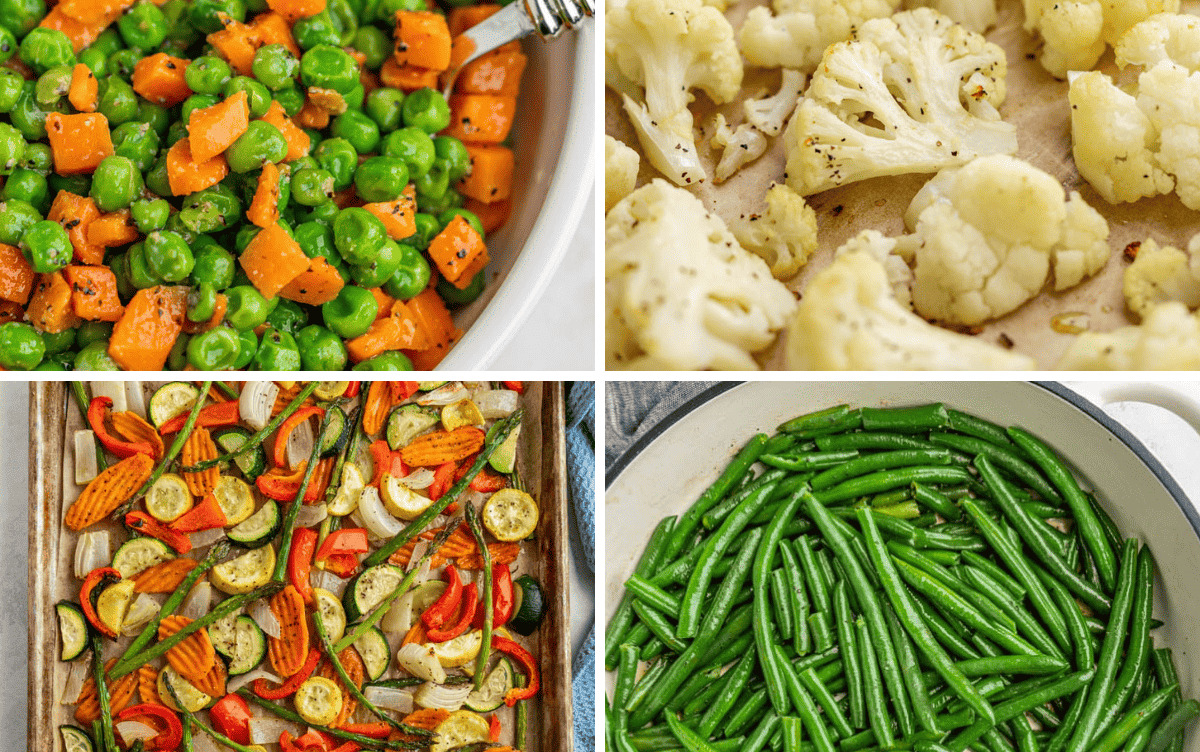
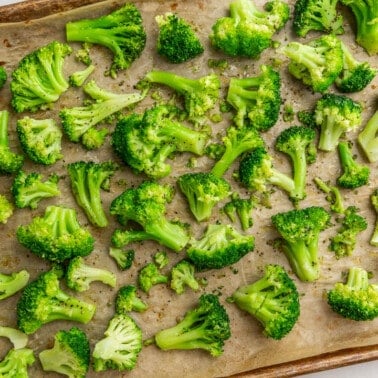

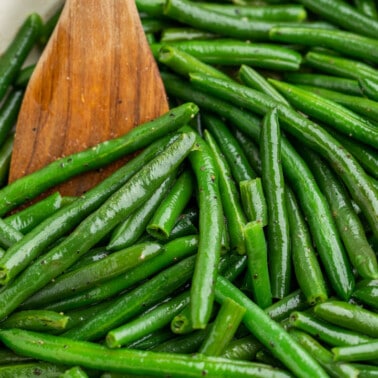
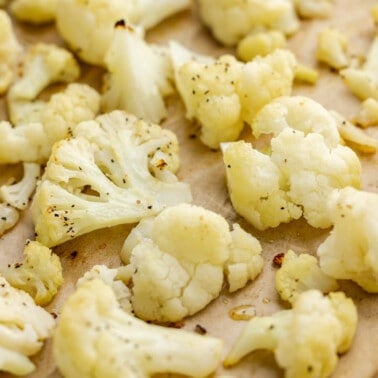
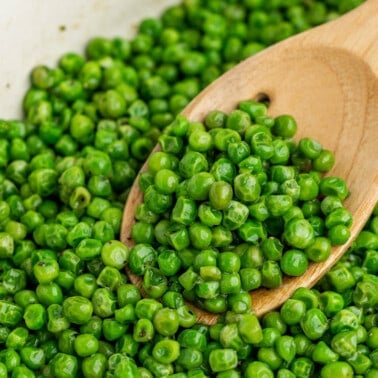
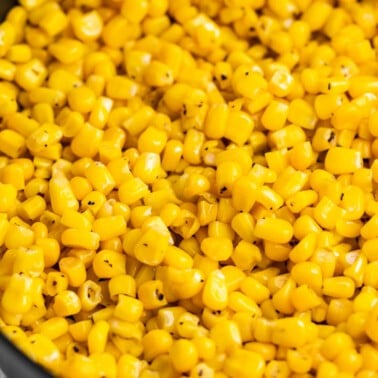
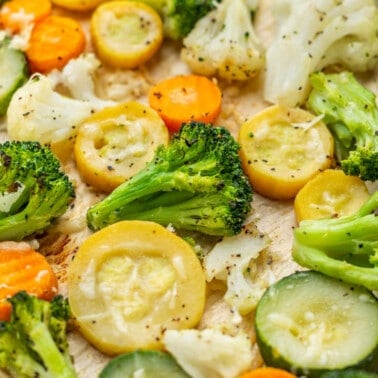
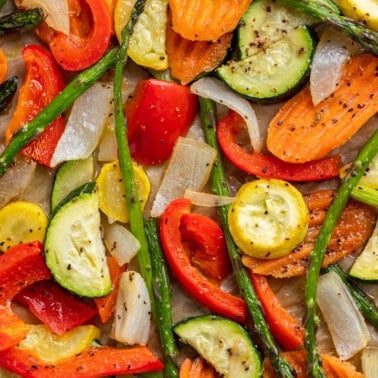
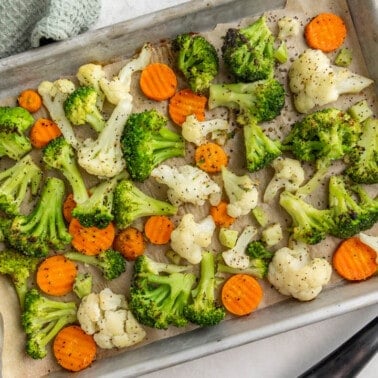
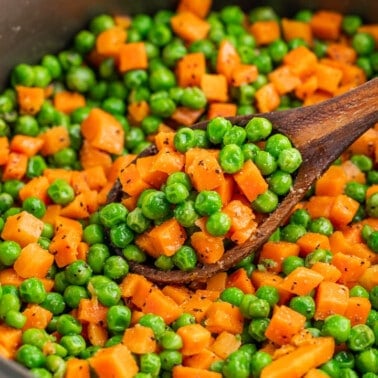
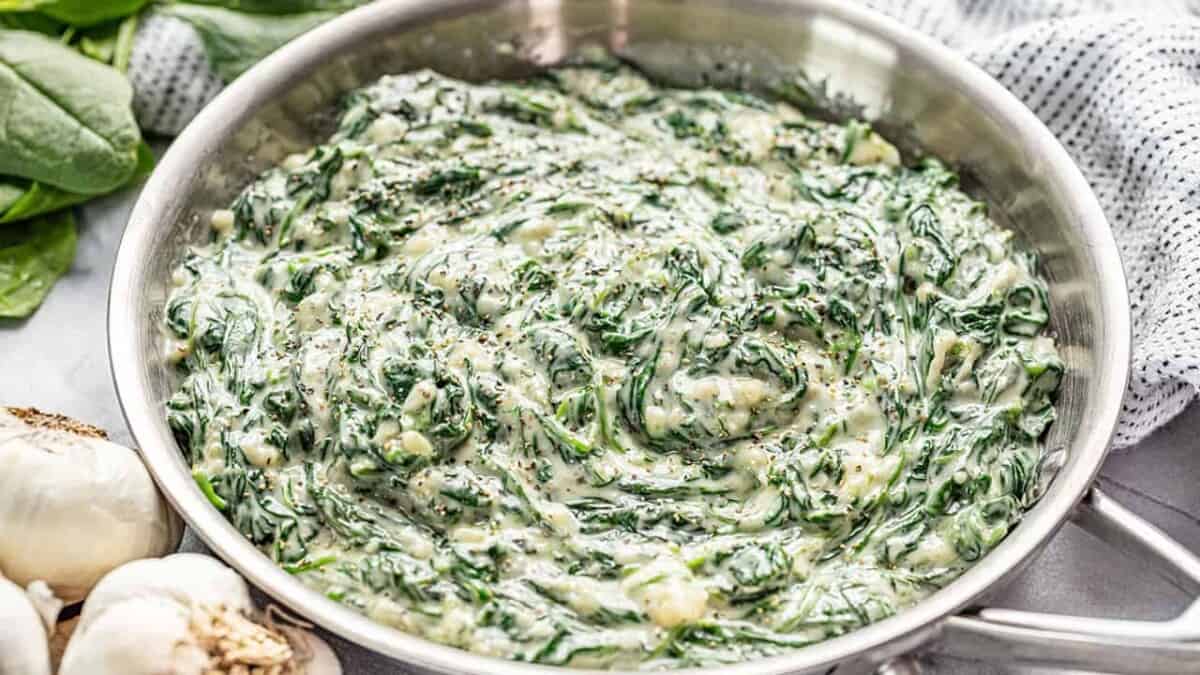
Love these ideas. I didn’t know about roasting or air frying frozen vegetables. Will try, thanks!